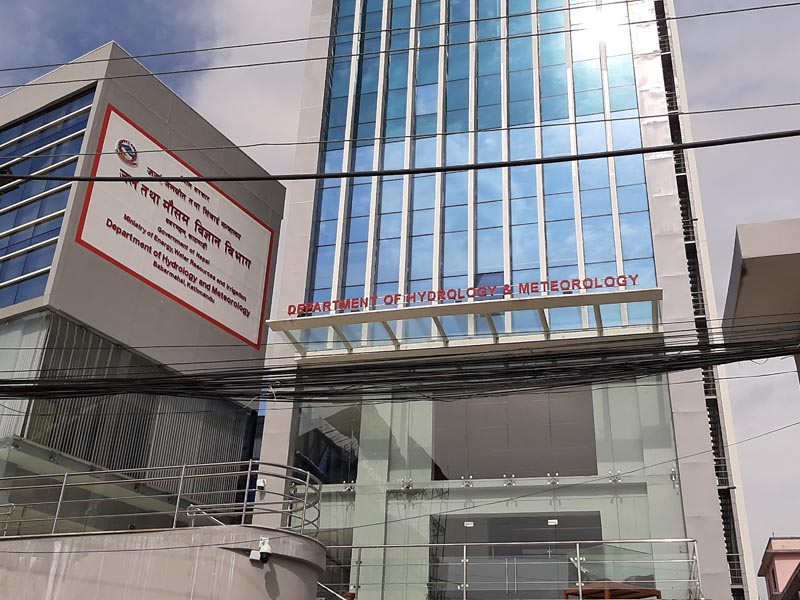Monsoon withdraws after delay of 19 days
Kathmandu, October 12
Monsoon that entered Nepal on June 20 this year finally withdrew today after a delay of 19 days.
Normally, monsoon withdraws from Nepal on September 23. This year the monsoon had entered Nepal after a delay of 10 days from the normal date.
Releasing a special monsoon bulletin, Meteorological Forecasting Division said monsoon has withdrawn from the country.
“This year the monsoon lasted in the country for 115 days,” read the bulletin.
According to the division, monsoon lasts for an average of 105 days. It usually enters through eastern Nepal on June 10 and enters Kathmandu on June 12. The period of four months from June to September is called ‘South Asian Monsoon’ in Nepal. Once monsoon enters from the eastern region, it makes westward advancement passing through the central region to the remaining parts of the country.
According to the Meteorological Forecasting Division, Nepal receives 80 per cent of annual rainfall on an average during the monsoon, which originates in the Bay of Bengal and moves along the southern flanks of the Himalayas.
Average annual rainfall in Nepal is 1,600mm, but that varies from place to place, depending on climatic conditions.
Monsoon is the wettest season and the main source of precipitation in Nepal. Effect of monsoon is prominent in the eastern part of the country. The northern and mid-western regions are generally drier compared to the eastern parts. The driest regions Mustang, Manang and Dolpa receive less than 150mm rainfall while the wettest region Kaski receives more than 4,500mm rainfall during the monsoon, according to MFD. As per the MFD data, Nepal experienced the shortest monsoon for 73 days in 1979 while 2008 witnessed the longest monsoon of 130 days.
Monsoon that entered Nepal earliest was on 31 May in 1996, while it had a delayed entry on 27 June 1982. In 2013 monsoon had lasted till October 19.





